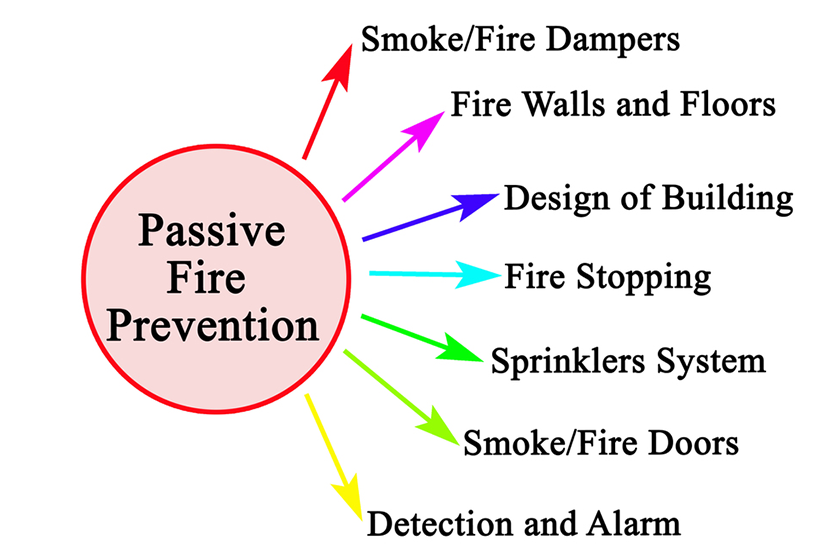What Is Passive Fire Protection (PFP) And How Does It Work?

When it comes to fire safety, fire PFP plays a vital role in keeping buildings and their occupants safe. Unlike active systems like sprinklers or alarms, passive fire protection is built into the structure itself. It helps to contain fires, slow their spread, and give people more time to evacuate. But how exactly does it work, and why is it so important? Let’s break it down.
What Is Passive Fire Protection?
Passive fire protection (PFP) refers to the fire safety measures integrated into a building’s construction to stop the spread of fire and smoke. These systems include fire-resistant walls, doors, floors, and ceilings that can contain a fire within a specific area. By doing this, PFP helps to compartmentalize the building, preventing fire from moving quickly from one area to another. This reduces property damage and, most importantly, saves lives.
Key Components of Passive Fire Protection
- Fire-Resistant Materials: Many parts of a building—such as walls, floors, and ceilings—are made from fire-resistant materials. These materials can withstand high temperatures and prevent fire from penetrating into other areas. Fire-resistant drywall, concrete, and steel are commonly used materials that help contain a fire for a specified amount of time.
- Compartmentalization: Compartmentalization involves dividing a building into smaller sections with fire-resistant barriers. If a fire breaks out, these barriers slow its spread, giving people more time to escape and limiting damage to specific areas.
- Fire Doors: Fire doors are essential for controlling the spread of smoke and flames. These doors are made from fire-resistant materials and are designed to close automatically when a fire is detected. They help to seal off sections of the building and maintain the integrity of the fire-resistant barriers.
- Fireproof Coatings: In addition to fire-resistant materials, fireproof coatings can be applied to various surfaces within the building. These coatings expand when exposed to high temperatures, providing an extra layer of protection against fire. They are often applied to steel structures to prevent them from weakening in extreme heat.
- Fire Dampers: Fire dampers are installed in the ductwork of buildings. They close automatically when they detect heat, stopping fire and smoke from traveling through the air ventilation system. This is critical in maintaining air quality and preventing the spread of harmful gases during a fire.
How Does Passive Fire Protection Work?
The primary function of passive fire protection is to contain a fire at its source. When a fire starts, the fire-resistant materials in the walls, doors, and ceilings prevent the fire from spreading rapidly. The fire doors close, creating compartments that can withstand flames and smoke for a set period—often 30 minutes to several hours, depending on the building’s design.
Why Is Passive Fire Protection Important?
Passive fire protection is a critical part of a comprehensive fire safety plan. It works in tandem with active fire systems like turn-key fire alarms, sprinklers, and fire extinguishers. While those systems aim to put out or detect fires, PFP focuses on reducing the spread of fire, giving people more time to escape and protecting property.
We believe in the importance of strong fire protection measures in any building. Passive fire protection is one of the best ways to ensure the safety of occupants and the integrity of the property. Our team can help evaluate your building’s fire safety needs and implement effective PFP systems. We are here to assist if you need fireproof coatings, fire doors, or compartmentalization solutions. Contact us today for a consultation and let us help safeguard your property.
